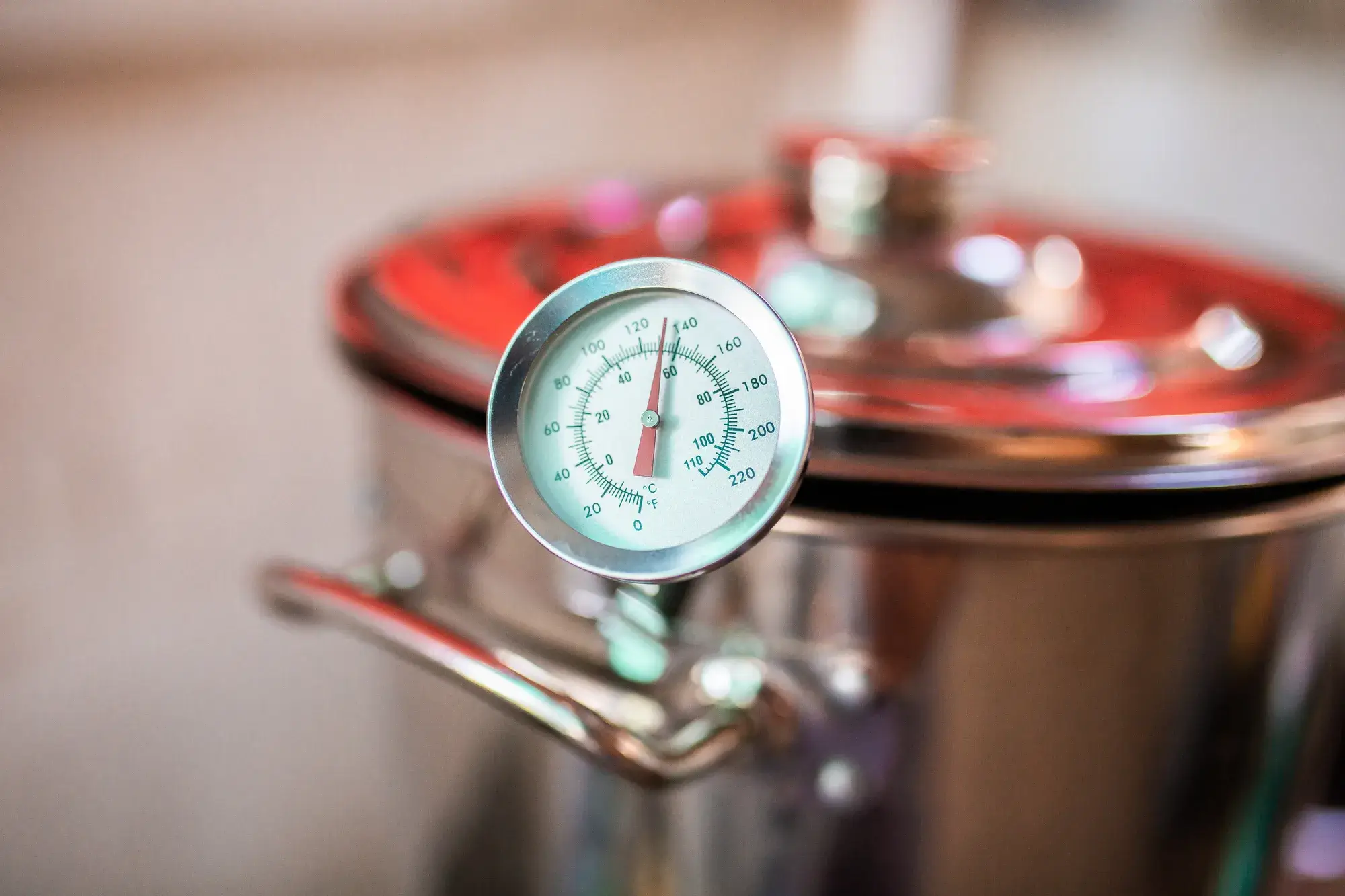Homebrewing is an enjoyable and rewarding hobby, but it can also be a bit overwhelming for beginners. One of the most important factors in making high-quality beer is understanding the concept of mash efficiency.
In this blog post, we will explain what mash efficiency is, why it matters, and how to measure it.
What is Mash Efficiency?
Mash efficiency is a measure of how well the enzymes in the grain convert starches into fermentable sugars during mashing. Essentially, it tells you how much sugar you are able to extract from your grain during the brewing process.
The mash efficiency is expressed as a percentage of the total potential extract that you can extract from the grains. In comparison: most homebrewers are able to extract about 70 – 75% of sugars from the grains.
ADvertisement
Why does it matter?
Mash efficiency is a crucial factor in determining the overall quality of your beer. If your efficiency is low, you may end up with a beer that has a lower alcohol content. Other negative effects are a thinner body or a less desirable flavor. On the other hand, if your efficiency is high, you can expect a fuller-bodied, more flavorful beer with a higher alcohol content.
Knowing your mash efficiency enables you to control the outcome of your brewing process and accurately calculate brew recipes. While brewing software like Brewfather can help with calculations, understanding your efficiency is still important for achieving desired results.
How to measure mash efficiency
There are several ways to measure mash efficiency. The most common one is to calculate the percentage of potential extract that you have actually extracted from the grain during the mashing process. This is typically expressed as a percentage and is known as brewhouse efficiency.
Another method is measuring the specific gravity of the wort by using a refractometer. You have to do this before and after fermentation to determine how much sugar was extracted.
But most typically, we measure the efficiency as a percentage. You can do this with the formula (points per pound per gallon) / (100% * grain weight). Points per pound per gallon (PPG) refers to the amount of sugar extracted per pound of grain in a gallon of water.
Factors that affect mash efficiency
There are several factors that can impact your mash efficiency. The factors includes the crush of your grain, the water-to-grain ratio, the temperature of your mash, the duration of the mash, and the pH of the water. Additionally, the quality of your grains can also have an impact.
It’s important to understand how each of these factors can affect your mash efficiency so that you can make adjustments as needed. One effective approach is to focus on one factor at a time to determine how it impacts your efficiency. This can help you quickly identify areas for improvement in your brewing process.
Tips for improving efficiency
If you’re looking to improve your mash efficiency, there are several steps you can take. One is to make sure your grains are properly crushed to ensure the maximum extraction of fermentable sugars. You can also adjust your water-to-grain ratio to achieve the desired consistency of your mash. Sometimes adjusting only the water’s pH brings improvements.
Another way to improve your mash efficiency is to perform a sparge, which is the process of rinsing the spent grains with hot water to extract any remaining sugars. You can also use a mash filter or brew bag, which can help increase the contact between water and grains and improve sugar extraction.
Finally, you can experiment with different mash temperatures and durations to find the sweet spot for your particular setup.

